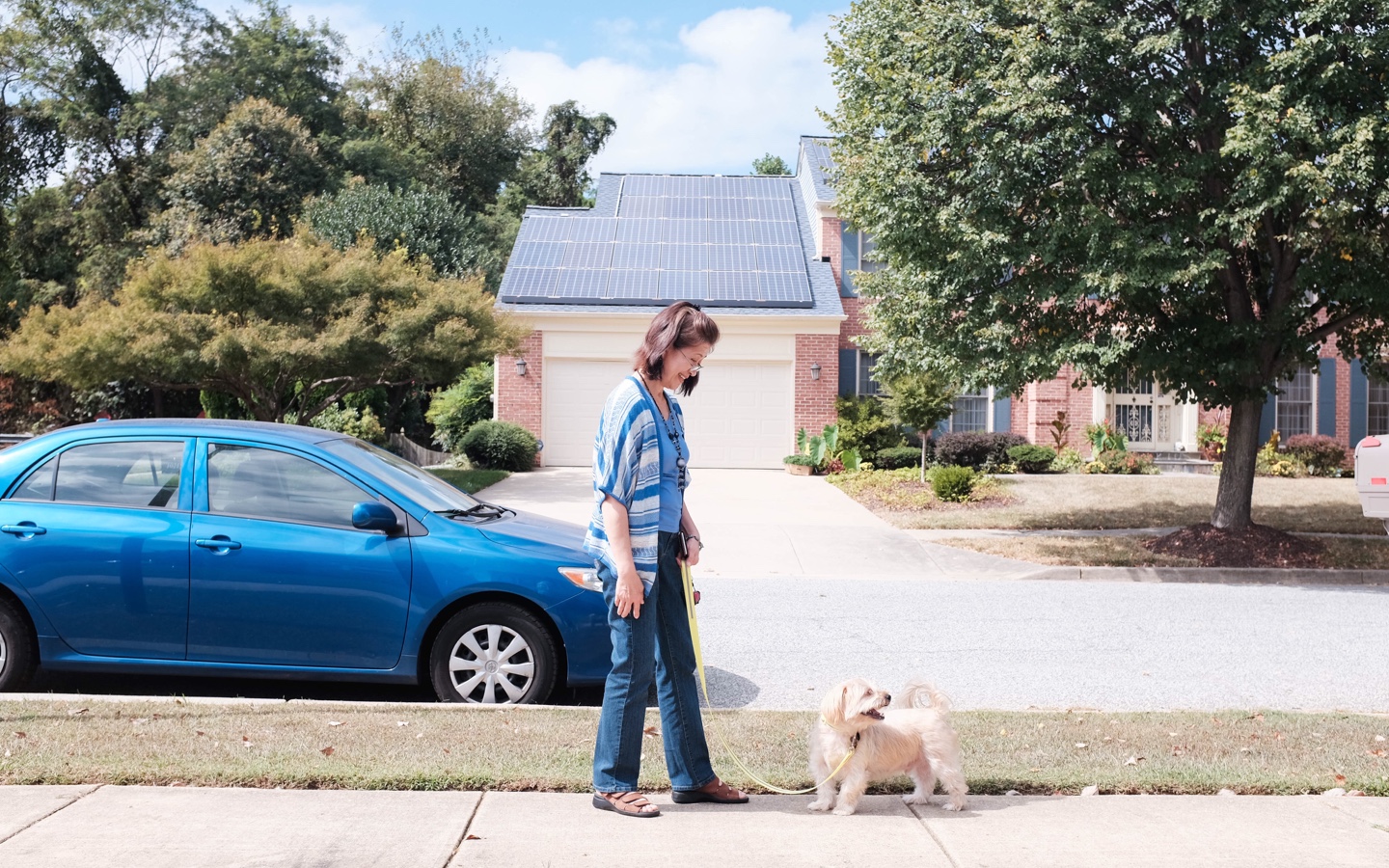How much waste would you estimate you produce in a day? A year? Your lifetime?
It’s estimated that Americans produce approximately 230 million tons of garbage per year — that breaks down to just under 5 pounds per person, per day. Our daily, weekly, and monthly trash
The truth is that those empty bottles, plastic bags, spent makeup containers, and food waste aren’t the only garbage you produce — what’s missing from that number? Our carbon footprint. Now you may be asking yourself, “What’s my carbon footprint?”

You’ve likely heard the term, but if you’re not sure of its meaning, let’s get to the bottom of it. Our carbon footprint is, “The total amount of greenhouse gases produced to
Essentially, your carbon footprint is the sum of your emissions — what it takes to fuel your car, transport your food to the grocery store and then to you, produce the clothes you wear, transport you to and from work — all of it. As more research emerges about climate change and ways to combat the Earth’s warming, it’s becoming increasingly clear that reducing our collective carbon footprint is one of the most, if not the most, effective ways of fighting back — this is being called the
What do these terms mean? We all know our environments are changing — the 1.5
One and a half tons is a lot! But take a look at what our average output is, and the task of reducing our carbon emissions seems just a bit more daunting — the average American produces approximately 20 metric tons of carbon emissions per year. For those keeping track, that’s… nearly 20 times the target. But reducing our consumption is quickly gaining traction as the most effective way of fighting climate change. And taking one step at a time doesn’t have to feel that drastic if we keep that
So, what does drastically reducing your carbon footprint look like? One peek at the graphs provided by the study, which details Finland’s carbon output (U.S. carbon emissions
First up, Nutrition
What can we learn from the above? Adopting a vegan diet, whether 100% of the time (ideally, at least as far as the planet is concerned) or some of the time, is the single most effective way of reducing our carbon footprint when it comes to food and nutrition. This is followed closely by

So, does this mean you need to become a staunch vegan in order to reduce your footprint? Not unless you really want to! Instead, try taking a holistic approach: work to reduce your food waste, shop locally, eat more plants, and reduce your consumption of sugary treats and alcohol. Bonus: you might feel better in the process!
OK, Let’s Move on to H ousing
While this category might be difficult to put into place for renters, there are always ways to cut back on our outputs. While homeowners can choose renewable heating options, renters can work on conserving hot water by cutting down the length of showers and washing clothes in cold water, and by lowering the thermostat (take your mom’s advice and put on a sweater). If you’re a renter, you could also speak to your landlord about switching to high-efficiency appliances (there may even be tax benefits available for the building owner).

Last, But Not Least: Transportation
What’s the best way to make an impact and reduce your transportation carbon footprint? Leave your car at home and take the bus or train, or, better yet — if you can — walk or bike to work! Public transportation is followed closely by choosing an electric car or hybrid, improving your vehicle’s fuel efficiency and choosing to live closer to work (or working from home if you’re able!).
Ultimately, while we should all strive for the
How are you reducing your carbon footprint? Share with us on social by tagging @AvocadoMattress and #AvocadoGreenMagazine!

Shop Pillows
The Essential Organic Pillow Collection
Gentle, breathable, non-toxic support.






